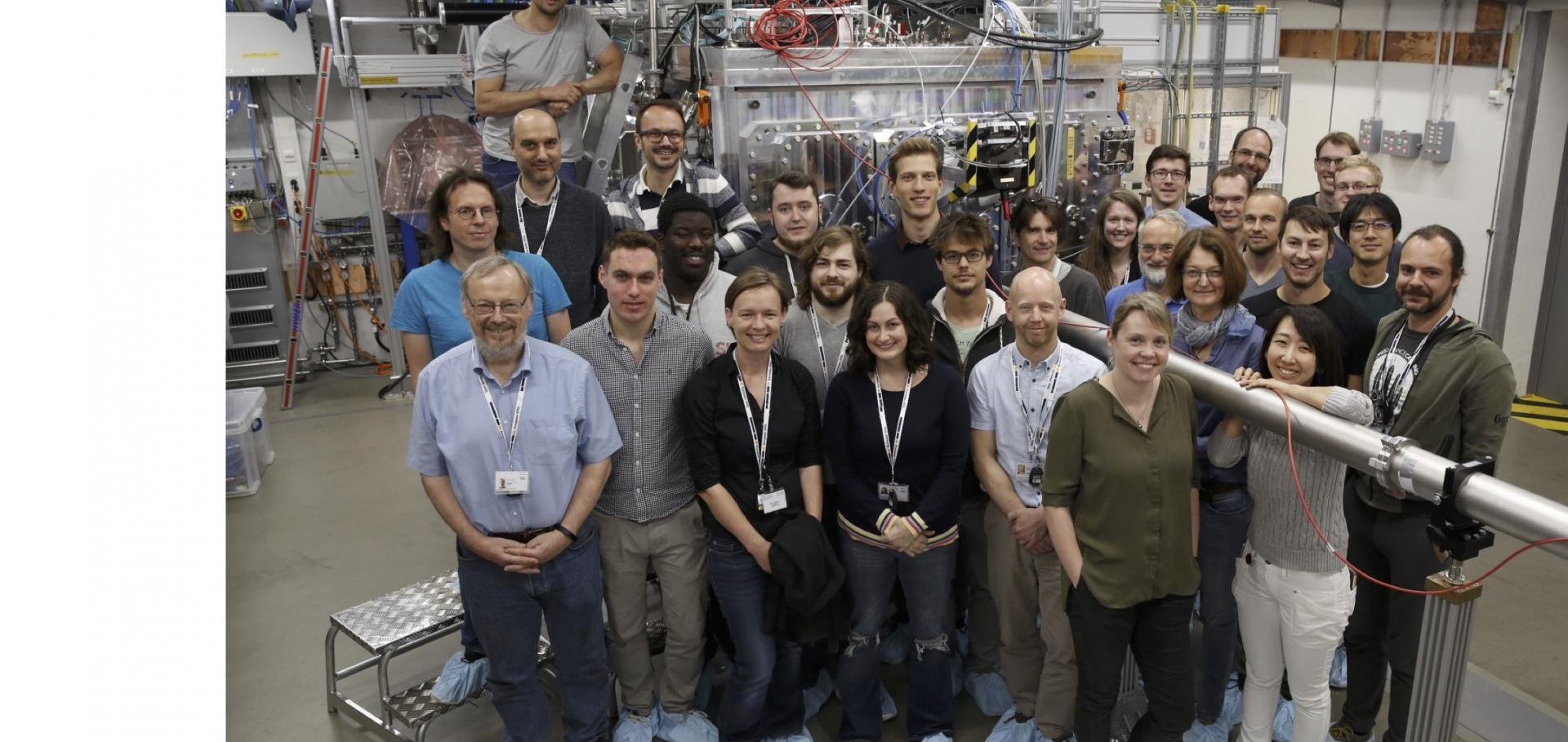Picosecond X-ray diffraction studies of shocked single crystals
Proceedings of SPIE - The International Society for Optical Engineering 6261 I (2006)
Abstract:
The past few years have seen a rapid growth in the development and exploitation of X-ray diffraction on ultrafast time-scales. One area of physics which has benefited particularly from these advances is the the field of shock-waves. Whilst it has been known for many years that crystalline matter, subjected to uniaxial shock compression, can undergo plastic deformation and, for certain materials, polymorphic phase transformations, it has hitherto not been possible to observe the rearrangement of the atoms on the pertinent timescales. We have used laser-plasma generated X-rays to study how single crystals of metals (copper and iron) react to uniaxial shock compression, and observed rapid plastic flow (in the case of copper), and directly observed the famous alpha-epsilon transition in Iron. These studies have been complemented by large-scale multi-million atom molecular dynamics simulations, yielding significant information on the underlying physics.Direct Observation of the α‐ε Transition in Shocked Single Crystal Iron
AIP Conference Proceedings AIP Publishing 845:1 (2006) 240-243
Shock Induced α‐ε Phase Change in Iron: Analysis of MD Simulations and Experiment
AIP Conference Proceedings AIP Publishing 845:1 (2006) 220-223
Material dynamics under extreme conditions of pressure and strain rate
Materials Science and Technology SAGE Publications 22:4 (2006) 474-488
Picosecond x-ray studies of coherent folded acoustic phonons in a periodic semiconductor heterostructure
Proceedings of SPIE--the International Society for Optical Engineering SPIE, the international society for optics and photonics 6118 (2006) 61180v-61180v-11


